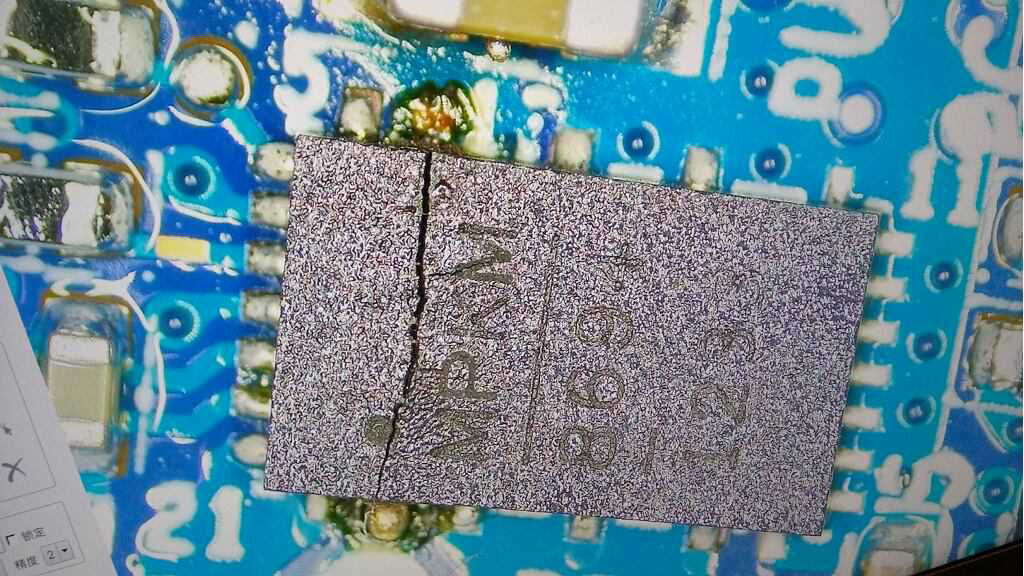Provided the BIOS is the same version, or not, can I expect it to fire up like it was before the burn? It shut down normally and would not restart. The power adapter would cut output way down when connected and reset after a disconnect from the board and the wall outlet. Had a tech try and chase the short and found too many issues to bother with it.
After he replaced this the short shifted and replacing a capacitor it shifted again and perhaps chasing it from the wrong end he recommended condemning the board.
I have a new board in route. Same p/n.
I'm dreaming of resetting the BIOS to defaults at startup and letting her come alive. I have built and upgraded desktops but never did a repair such as this by replacing the same part number and the start up. I have the drivers backed up. The OS and Storage SSD's are OK, I tested them via a portable device to my backup laptop and can read everything.
What can I expect?
zTechpc 15.6
Intel(R) Core(TM) i7-10750H CPU @ 2.60GHz 2.59 GHz
NVIDIA® GeForce GTX 1650 4GB GDDR6 Video RAM on board
Clevo MH58DBQ
Motherboard 6-77-NH50DB00-D02-1B#10

After he replaced this the short shifted and replacing a capacitor it shifted again and perhaps chasing it from the wrong end he recommended condemning the board.
I have a new board in route. Same p/n.
I'm dreaming of resetting the BIOS to defaults at startup and letting her come alive. I have built and upgraded desktops but never did a repair such as this by replacing the same part number and the start up. I have the drivers backed up. The OS and Storage SSD's are OK, I tested them via a portable device to my backup laptop and can read everything.
What can I expect?
zTechpc 15.6
Intel(R) Core(TM) i7-10750H CPU @ 2.60GHz 2.59 GHz
NVIDIA® GeForce GTX 1650 4GB GDDR6 Video RAM on board
Clevo MH58DBQ
Motherboard 6-77-NH50DB00-D02-1B#10


